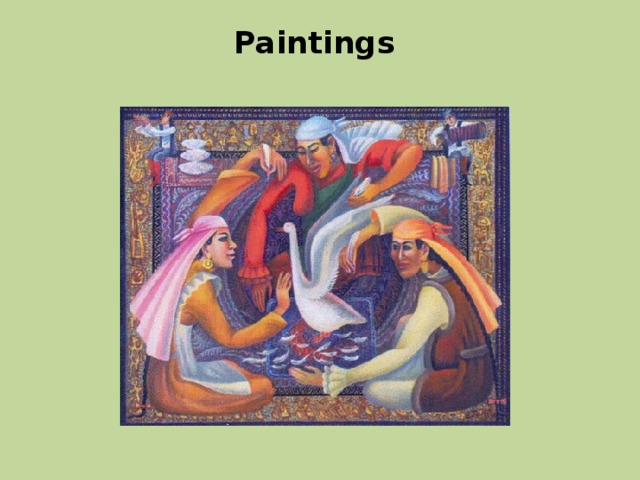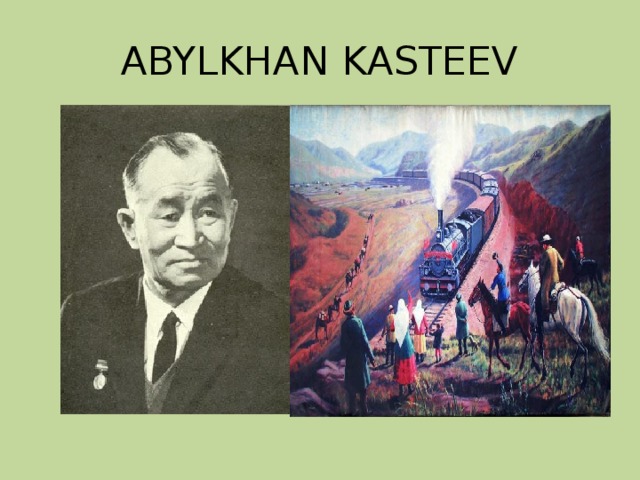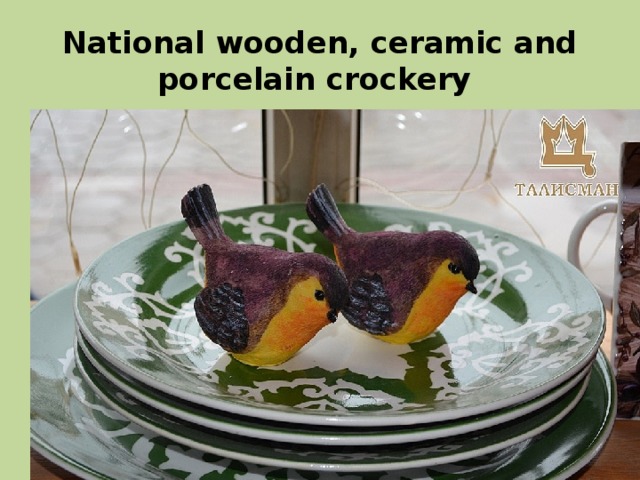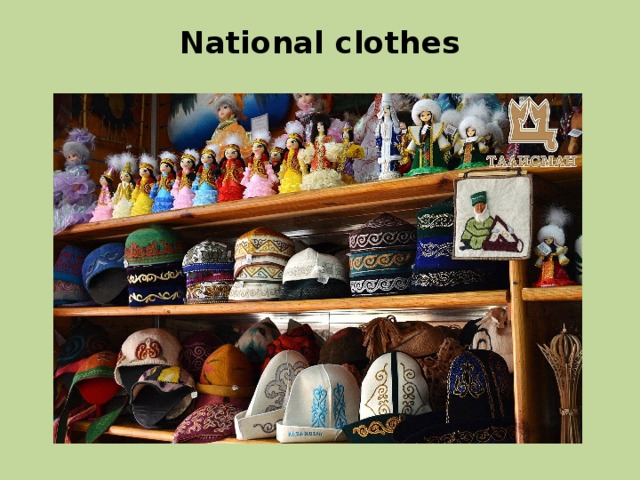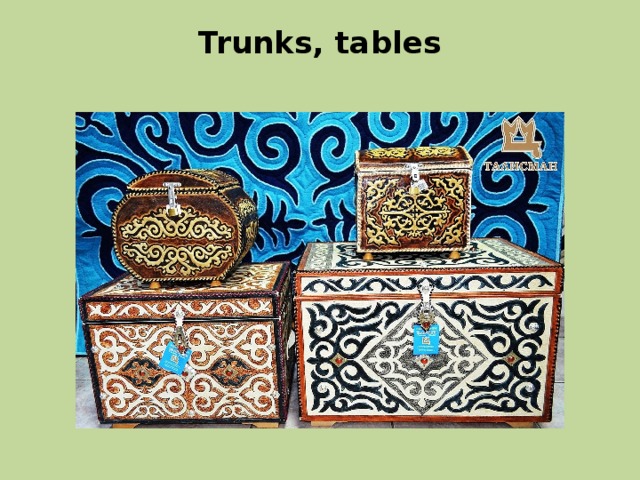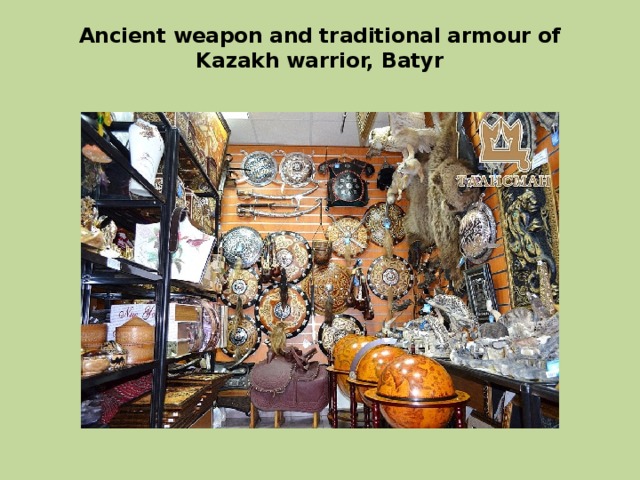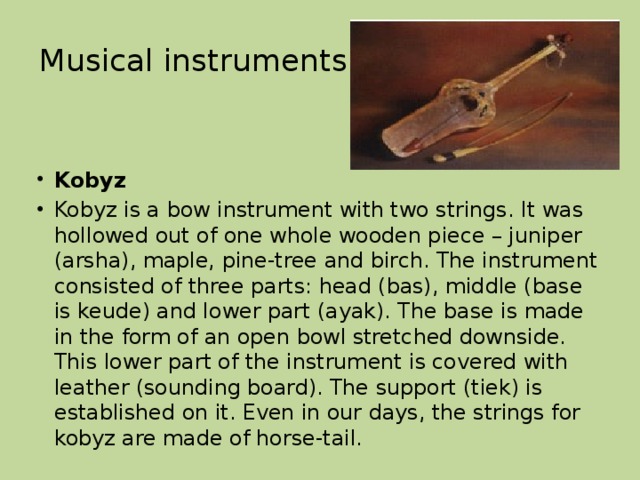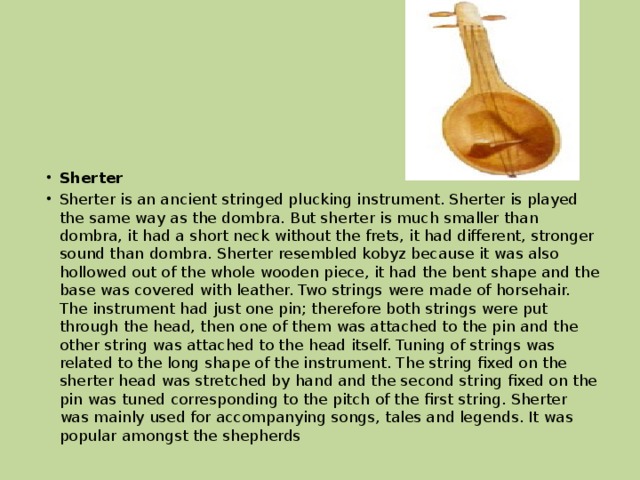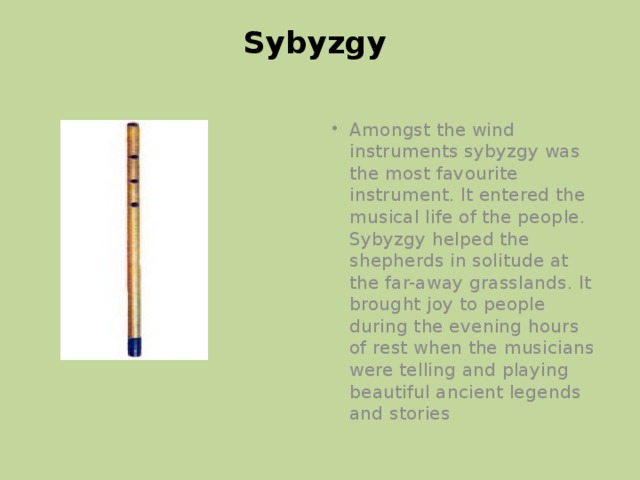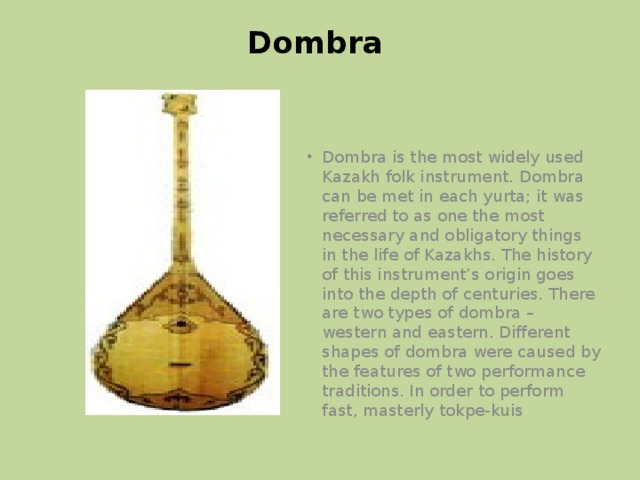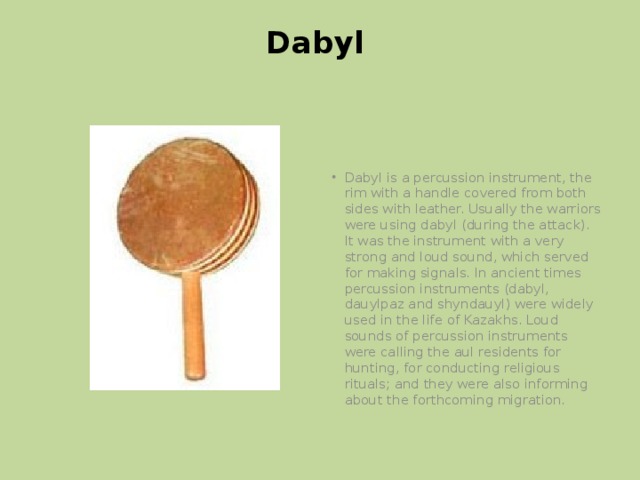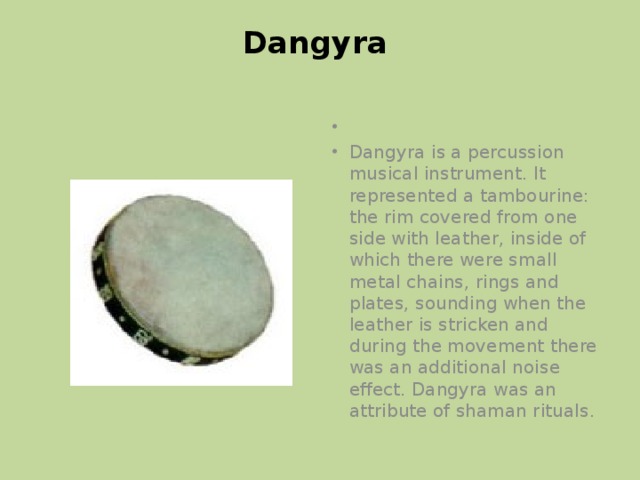Art is divers range of human activities and the products of those activities, usually involving imaginative or technical skills.
Создайте Ваш сайт учителя Видеоуроки Олимпиады Вебинары для учителей
Art of Kazakstan
Вы уже знаете о суперспособностях современного учителя?
Тратить минимум сил на подготовку и проведение уроков.
Быстро и объективно проверять знания учащихся.
Сделать изучение нового материала максимально понятным.
Избавить себя от подбора заданий и их проверки после уроков.
Наладить дисциплину на своих уроках.
Получить возможность работать творчески.
Просмотр содержимого документа
«Art of Kazakstan»
Предмет: Английский язык
Категория: Презентации
Целевая
аудитория: 10 класс.
Урок соответствует ФГОС
Похожие файлы
Полезное для учителя
Распродажа видеоуроков!
1860 руб.
2660 руб.
1880 руб.
2690 руб.
1860 руб.
2660 руб.
1880 руб.
2690 руб.
ПОЛУЧИТЕ СВИДЕТЕЛЬСТВО МГНОВЕННО
* Свидетельство о публикации выдается БЕСПЛАТНО, СРАЗУ же после добавления Вами Вашей работы на сайт
Удобный поиск материалов для учителей
Проверка свидетельства


